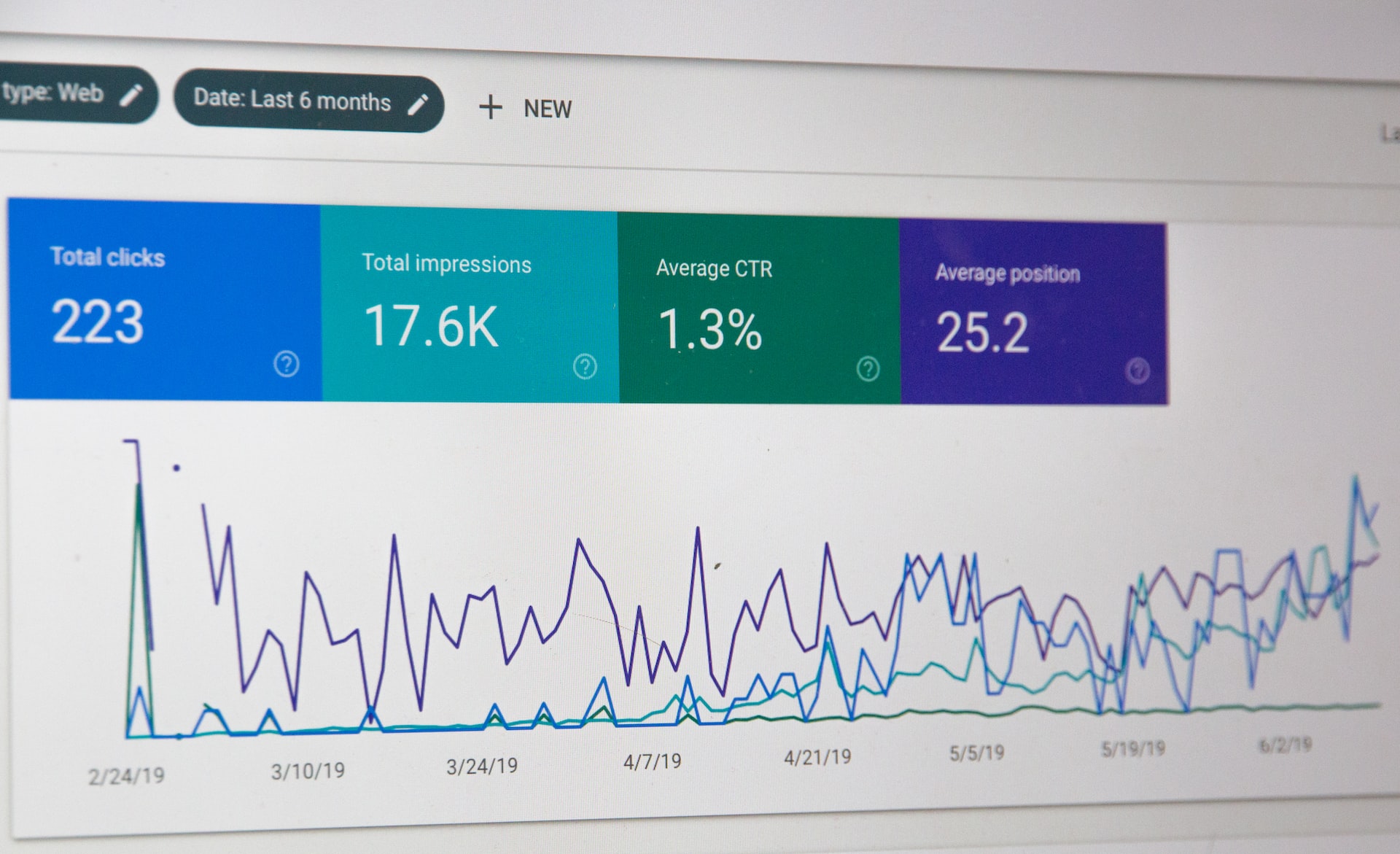The Power of Video Content in Marketing
Video content has become a vital tool in digital marketing, and for good reason. A HubSpot study shows that 54% of consumers want to see more video content from brands they support. The reason behind this trend is clear: video is engaging, shareable, and can convey complex ideas in a matter of seconds. If your marketing strategy doesn't include video, you may be missing out on a powerful opportunity to reach and engage with your audience.

Top of the Funnel - Video Content for Awareness and Discovery
Explainer Videos
Creating Engaging Social Media Videos
Social media platforms like Facebook, Instagram, and LinkedIn are great channels for sharing video content that helps you reach new audiences. According to a study by Social Media Examiner, 60% of marketers use video content in their social media marketing strategy, with positive results. For instance, Blendtec's "Will It Blend?" video series, which features their blenders destroying various objects, went viral and increased sales by 700% according to Forbes.
Leveraging Video Content in Blog Posts
Including video content in your blog posts can boost engagement and search engine rankings. According to SEO expert Neil Patel, blog posts with videos receive 53% more backlinks than those without. As an example, the popular fitness blog, Nerd Fitness, incorporates instructional videos in its blog posts, providing valuable content to its readers while improving its SEO.
Middle of the Funnel - Video Content for Consideration and Evaluation
Product Demonstrations and Tutorials
When potential customers are in the consideration phase, they're looking for information on how your product or service works and how it can solve their problems. Product demonstrations and tutorial videos can help showcase your product's features and benefits in an engaging format. For example, Apple uses product demonstration videos to showcase the features and capabilities of its devices, such as the iPhone and MacBook.
Customer Testimonials and Success Stories
Customer testimonials and success stories are excellent video content for building trust and credibility. These videos allow prospects to see how your product or service has helped other customers, making it easier for them to envision its benefits. Salesforce, for example, uses customer success story videos to highlight how its platform has helped businesses improve their sales processes and grow their revenue.

Webinars and Live Events
Hosting webinars and live events can help you connect with your audience and provide in-depth information about your products or services. According to a study by ON24, webinars generate 20-40% qualified leads from people who attend (source: Content Marketing Institute). As an example, Adobe hosts regular webinars to demonstrate how its products, like Photoshop and Illustrator, can be used to create stunning designs and artwork.
Bottom of the Funnel - Video Content for Conversion and Retention
Personalized Video Messages
Personalized video messages can be used to convert leads into customers by addressing their specific needs and concerns. For example, Vidyard offers a tool that allows salespeople to create personalized videos for their prospects, which has been shown to increase response rates by 3x.
Onboarding and Training Videos
Once a prospect becomes a customer, it's essential to provide them with the necessary resources to succeed with your product or service. Onboarding and training videos can help new customers quickly understand how to get the most out of their purchase. For instance, Slack uses a series of onboarding videos to guide new users through the platform's features and functionalities, ensuring a smooth and positive experience.
Customer Support Videos
Providing video content as part of your customer support strategy can be an effective way to address common issues and reduce support inquiries. For example, Wistia offers a library of support videos that cover topics like video hosting, analytics, and integrations, making it easy for customers to find answers to their questions.
Measuring Video Content Performance
Key Performance Indicators (KPIs)
To gauge the success of your video content, it's essential to track key performance indicators (KPIs). Some important KPIs for video content include:
View count: The number of times your video has been viewed.
Engagement rate: The percentage of viewers who engage with your video, such as likes, comments, and shares.
Click-through rate (CTR): The percentage of viewers who click on a call-to-action (CTA) within your video.
Conversion rate: The percentage of viewers who take a desired action after watching your video, such as signing up for a newsletter or making a purchase.

Analyzing Video Metrics
Regularly reviewing your video metrics can help you identify trends, measure ROI, and optimize your video content strategy. Some valuable tools for tracking video metrics include Google Analytics, YouTube Analytics, and video hosting platforms like Wistia and Vimeo.
Best Practices for Video Content Marketing
Keep It Short and Sweet
The average viewer's attention span is limited, so it's essential to keep your videos concise and engaging. Aim for videos that are around 2-3 minutes in length, and focus on one key message per video.
Include Captions and Transcripts
Including captions and transcripts with your videos can improve accessibility,
boost SEO, and increase viewer retention. According to Facebook, adding captions to your videos can increase view time by 12% (source: Facebook).
Optimize for Mobile Viewing
More than half of all video views occur on mobile devices (source: eMarketer), so it's crucial to ensure your videos are optimized for mobile viewing. Use responsive video players and test your videos on various devices to ensure a seamless user experience.
Add a Strong Call-to-Action (CTA)
Encourage viewers to take the next step by including a clear and compelling CTA in your videos. This could be a clickable button, a verbal prompt, or an on-screen annotation directing viewers to take action.
Invest in Quality Production
While it's possible to create engaging video content with minimal equipment, investing in quality production can significantly impact the perceived value of your brand. Consider hiring a professional videographer or investing in quality equipment to improve your video content's overall quality.







